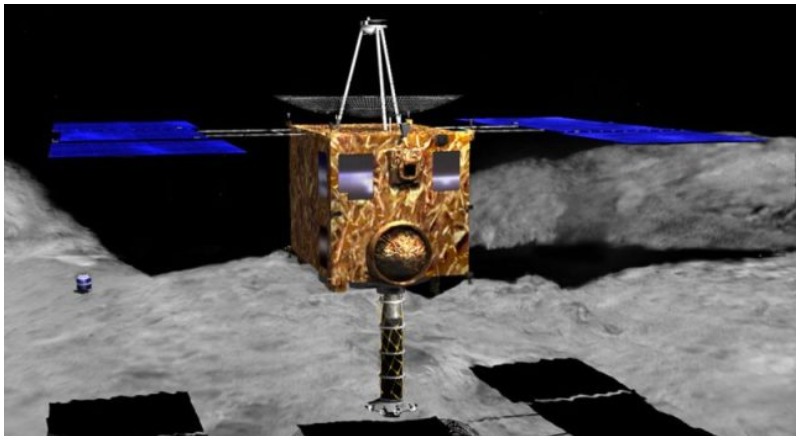What does a samurai sword and space probe both have in common? You will probably think nothing.
Until the moment you learn that the steel used for manufacturing katana–the name of the long, single-edged and lethal samurai sword–is so strong it can crack open a supersolid asteroid rock.
A group of four researchers has been working on the case for over a decade now, trying to adapt the katana making process for hi-tech sampling technology that can retrieve geological samples from asteroids in space. The team consists of three engineers and one master swordsmith from Japan, reports the BBC.
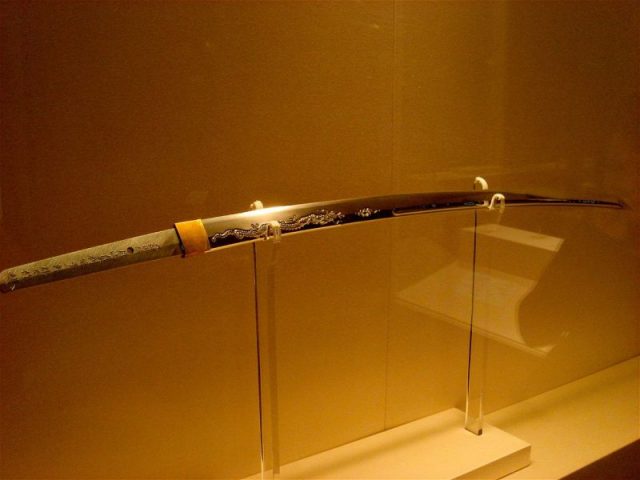
Their effort is aimed to support the future Hayabusa missions of Japan. Past missions of this space program have already reached out to asteroids orbiting close around our home planet.
Currently, the Hayabusa 2 is due to spend the next two years on the near-Earth asteroid known as 162173 Ryugu; by 2020, it should return to Earth with samples from it. That is one of the main objectives and challenges of the mission.
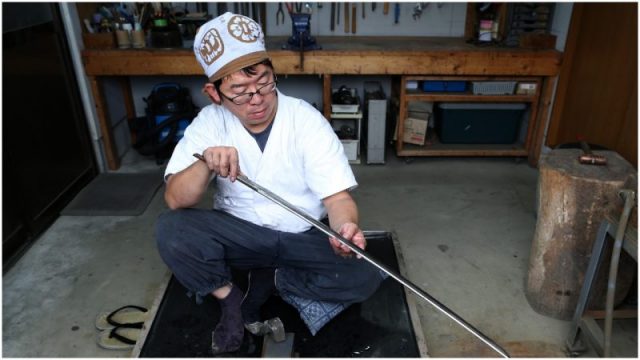
Hayabusa 2 is set to use multiple rovers that will use explosives to reach beneath the asteroid’s rocky crust and collect the material needed for analysis. The mission builds on the original Hayabusa mission, which in 2010 brought to Earth samples from the asteroid 25143 Itokawa, but managed to do so very limitedly.
Our appetites for obtaining substantial quantities of asteroid samples are big and for very valid reasons. However, harvesting geological samples from small rocks traversing deep space is exceptionally hard.
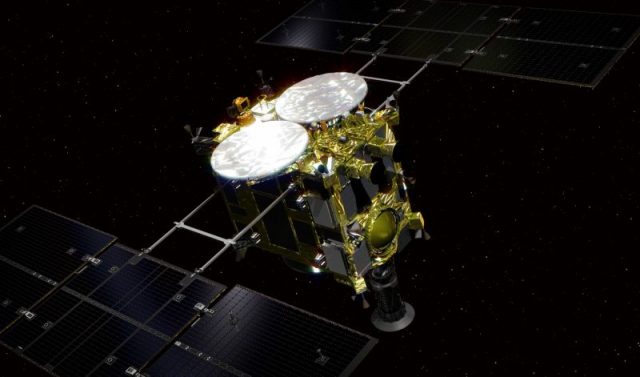
The outer layer of an asteroid is very thick as it is directly exposed to the crude conditions of space. They also have little gravitational pull which makes it all the more difficult for man-made crafts to remain stable on the surface. These are some of the reasons why researchers are pushing the limits with technology.
The next Hayabusa mission of the 2020s might well use devices that will rely on the traditional Japanese knowledge of sword making. Symbolically, this gives the feeling that samurais are suddenly conquering space.
The type of steel used for katana producing is known as tamahagane. Genrokuro Matsunaga, aged 70, has been working with this type of steel for most of his life. As a master in the field, Matsunaga knows how to consolidate iron sand that is found on Japanese beaches into a more coherent mass, by using a traditional Japanese tatara furnace.
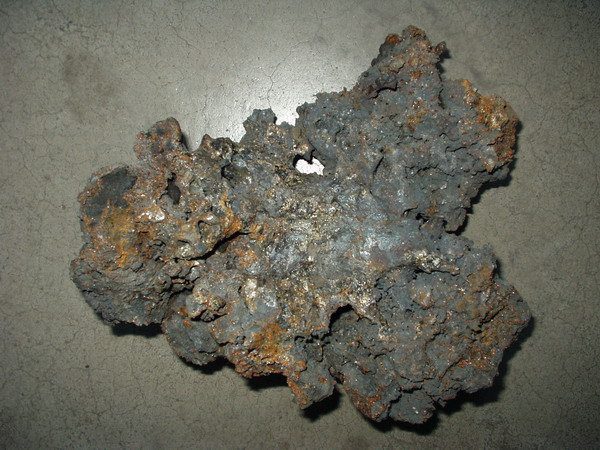
Under the heat of the furnace, which can go over 1500 degrees F, the iron sand hardens, transforming itself into tamahagane. Charcoal is also used in the process. The master then uses the distinctive steel to smith a samurai weapon.
Matsunaga was eventually called by the team of Takeo Watanabe, who teaches at the Kanagawa Institute of Technology in Atsugi, Japan. He accepted the invitation without hesitation after learning that Watanabe with two other engineers is focused on devising a breakthrough technology that will benefit the asteroid sample collecting missions.
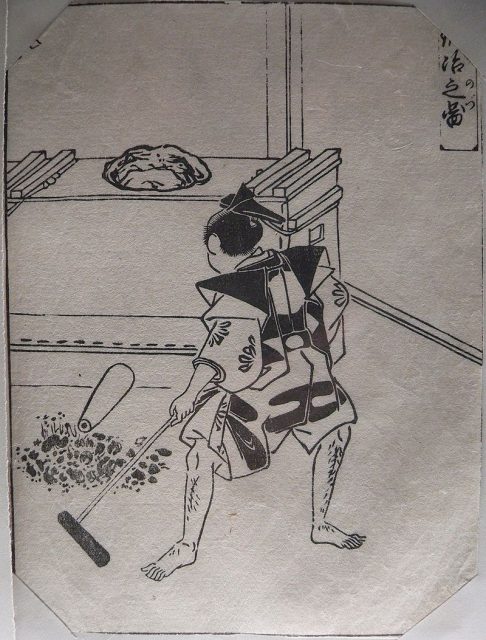
Together they indeed aimed at exploiting the same processes used for creating the admirable samurai weapons to devise to core through asteroids with the sharp cutting edge blades. Having such a device at disposal can potentially allow them to progress much deeper below the asteroid’s surface. That can further allow obtaining a more substantial quantity of samples, says the team.
At the National Institute of Technology at Omuta city’s Ariake College, the team processed the tamahagane into cylindrical forms. “Its polished cutting edge, which is 25 millimeters in diameter and 20-30 millimeters in length, was tempered by Matsunaga to increase its strength with the yaki-ire process, in which it was heated to high temperatures and then cooled quickly,” writes the Japan Times.
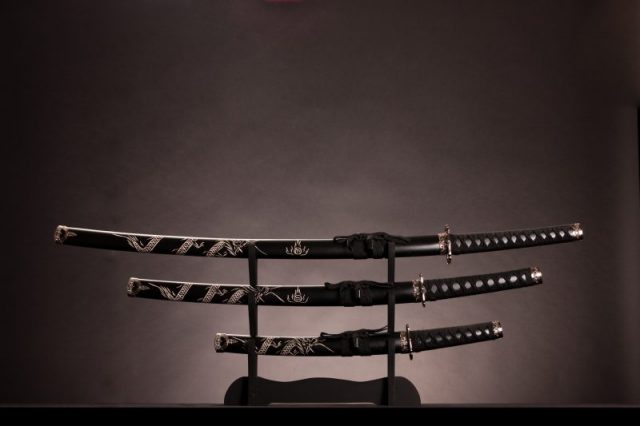
Dozens of different cutting edges have been developed by the team this way. A different temperature was used for each prototype and they have been all tested in simulations.
“I feel the cultural significance of aiming for space exploration by employing traditional Japanese technology,” said Watanabe, according to the Japan Times.
For Matsunaga, the entire effort feels like venturing into “an unknown world.” He has commented this is very “interesting” for him as traditional Japanese sword maker.
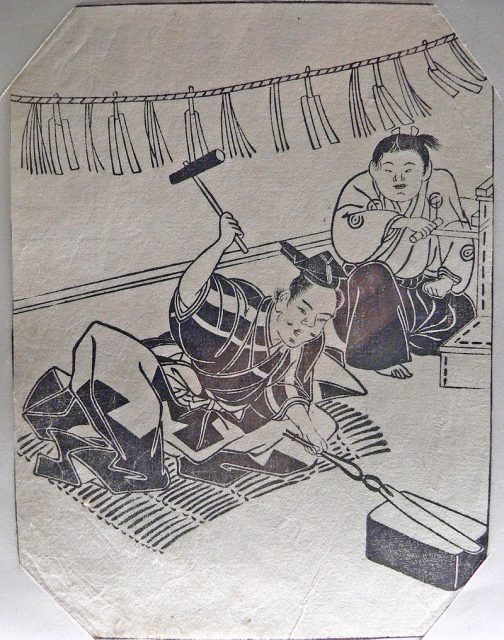
The team of four proposes that the tamahagane-supported corer should be deployed on the asteroids with great velocity. “In theory, it will dig into the asteroid and allow for a sample to be scooped up. A tether back to the mothership spacecraft could then reel the device and asteroid fragments in,” writes the BBC.
The reasons why such big efforts are focused on advancing the hi-tech mining technologies for asteroids are multiple. One is that “there is keen interest in going to asteroids in the near-earth belt,” NASA’s Carol Raymond has said, according to Space.com.
“They could be sources of valuable metals. To investigate the feasibility of such operations, we need to know more about asteroid composition and the technical aspects of traveling to them,” he is noted as saying.
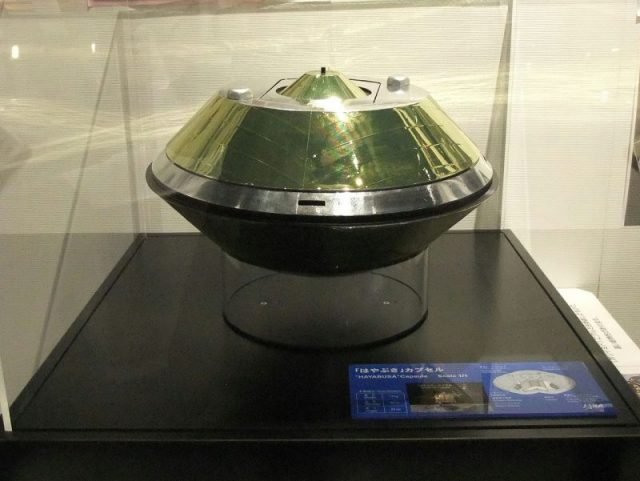
Moreover, scrutinizing the composition of asteroids is of exceptional interest for both science and humanity. Seeing what exact elements reside deeper inside the space rocks can support us with many answers on how the Solar System developed. Potentially, it can help us learn more about how life began on Earth.
Asteroids are noted as potential holders of water and other organic elements within. The theory goes that when our planet was still just another desolate stop in the Solar System, falling asteroids seeded organic matter on Earth’s crust which eventually stimulated life to happen.
Read another story from us: Epic Saga of the Greatest Samurai Sword Ever Made
With sharpened-tamahagane blades and a samurai-strong determination, space explorers now seem to be one step further in providing more in-depth answers. It feels like a mission greater than life, and perhaps the key to success lies exactly in a cross combination of distinct disciplines we previously never thought might work together… like engineering space probes and smithing samurai swords.
